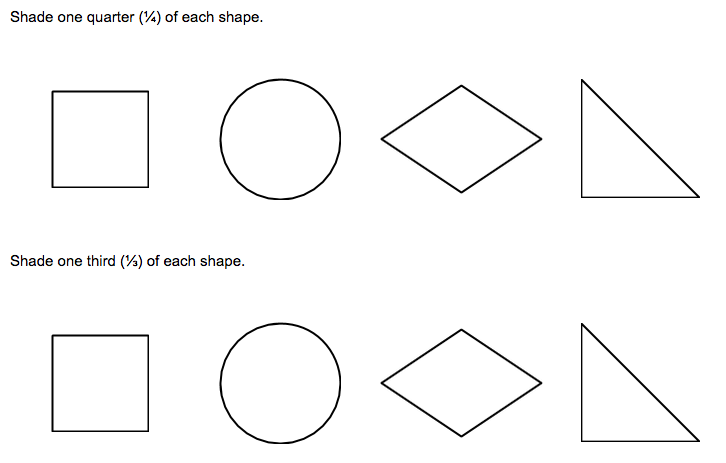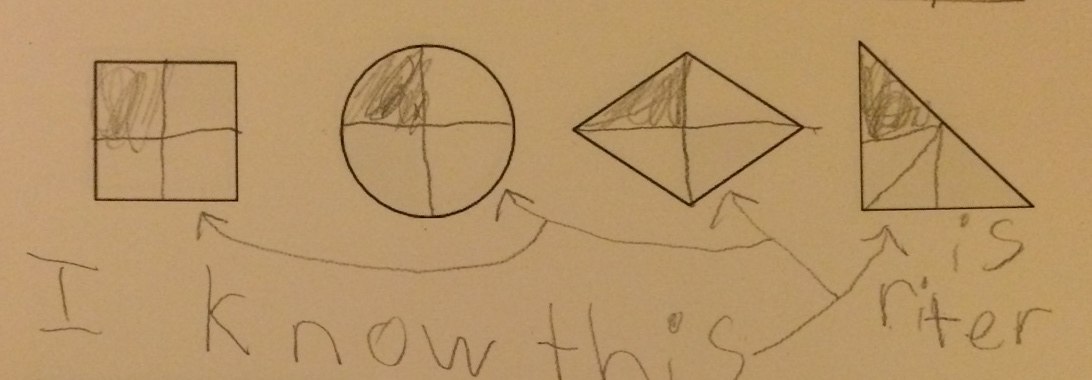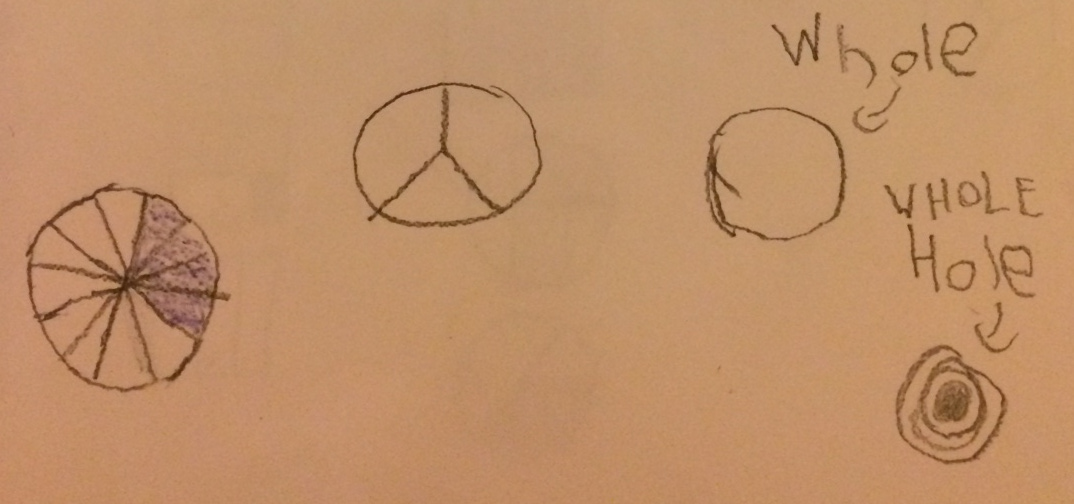This video is a brief demonstration, about 15 minutes, of some teaching I did at the 2015 New Jersey Association of Mathematics Teacher Educator meeting.
Unfortunately, the video tracking is not great so much of the annotation I was doing of the participant ideas is not easy to see as I am doing it.
The instructional activity itself is called Contemplate, then Calculate and was developed by Grace Kelemanik and Amy Lucenta. The slides, script, resources, and references are available here.
Things I would do differently:
- Set up the projector screen in advance of starting the activity so I don’t have to fiddle with it during the strategy sharing.
- Not wing the recording of noticings and strategies because I ran out of time to prepare before this talk, but take the time to make a template for collecting data.
- Record the initial noticings of participants about the problem as they were happening.
- Bring my own markers so that I can ensure I have access to more than one colour when recording the student ideas.
Things I decided to do or not to do somewhat deliberately:
- I did not focus on student to student discourse during the full group portions mostly in the interest of time. My meta-objective for this activity was to share the overall structure in a somewhat limited amount of time.
- I did not enforce participants writing using the prompts mostly because I knew I had little to no relationships with participants and I wanted to make sure no one felt alienated during this portion of the talk.
- I did make sure that when I was recording student strategies that I tried not to impose, as much as I could, much interpretation of those strategies. One of the participants actually came up after-ward and said she really noticed that I was making an effort to write down representations of what participants were saying rather than filling in too many of the gaps based on my understanding of the problem.
- I also focused on having participants share multiple strategies to solving this problem rather than attempting to focus participants on seeing one particular strategy.
- I decided to summarize participant ideas at the end rather than take the time to have them share out to the room, mostly in the interest of time.
What else about what I did do you have questions or feedback about?









